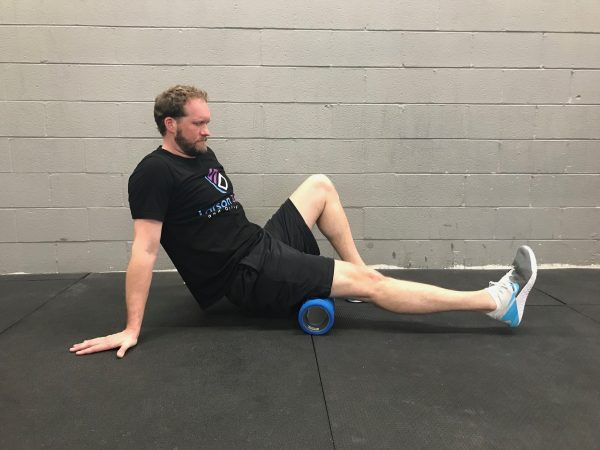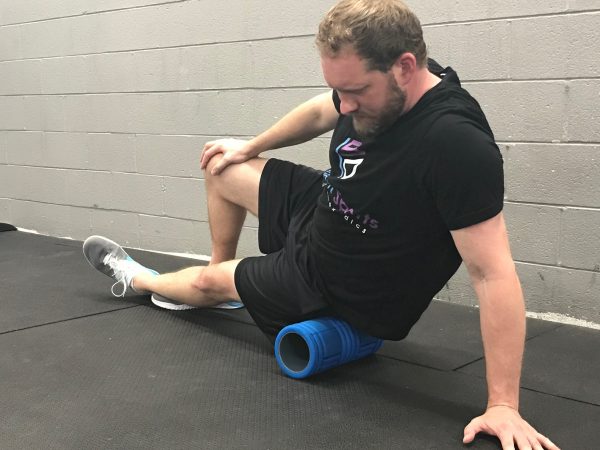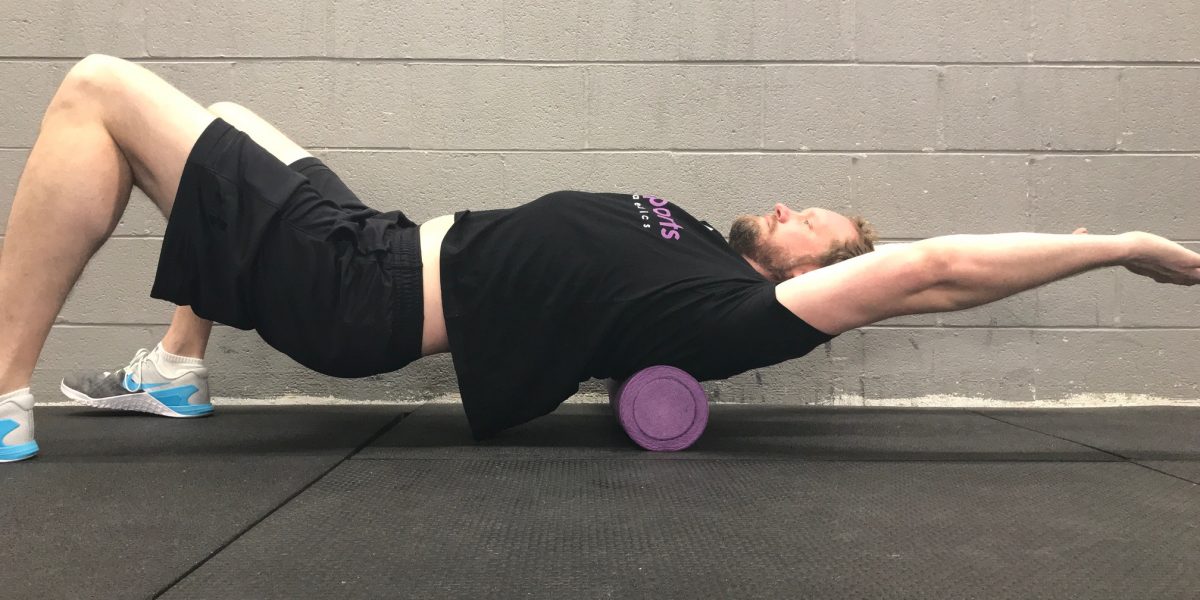Why Is Foam Rolling
the Hottest New Recovery Method?
If you spend any time on Instagram, you’ve certainly seen plenty of posts about foam rolling. While we here at LSO are usually pretty wary of any fitness fads, foam rolling is one trend we can get behind. In this post we will tell you all about foam rolling: What it does, how it works, and whether or not it can help Beyond the internet hype, there is plenty of good science backing up the use of foam rolling for health and fitness. Of course in the research journals, you won’t find anything about “foam rolling.” That’s only because its called “self myofascial release” in scientific literature. And a good number of articles and studies provide solid back up for foam rolling as a recovery tool.
What is Myofascia?
Fascia is the connective tissue that holds the individual parts of the body together. In fact, the fascia and its extension between cells have recently been the subject of renewed interest. Some claim that is should be reclassified as a new organ, named “the interstitium.” Each muscle is surrounded by a layer of fascia. Self-myofascial release is purported to break up adhesions between the fascia and muscles and to improve flexibility and mobility. This modality of soft tissue work is based on manual therapy techniques like Graston and ASTYM. Both of these techniques are instrumented soft tissue manipulation. While they are notably different from foam rolling, they share many guiding principals.
What Are The Benefits of Foam Rolling?
Whether you’re using a foam roller or mobility ball, self myofascial release has significant benefits for both strength and overall fitness. You may have seen how foam rolling can help prevent delayed onset muscle soreness in our previous posts. Though we’re not sure the mechanism by which foam rolling can reduce DOMS, several studies have shown it makes a significant improvement.
Foam rolling also benefits full-body flexibility. Joint range of motion can be improved quickly and easily by use of a foam roller. Foam rolling also helps to relieve stiffness from Delayed Onset Muscle Soreness (DOMS) and helps improve mobility when performed a day or two after exercise.
When Is The Best Time To Use A Foam Roller?

It seems the best time to use a foam roller or mobility ball is actually after your workout. This is contrary to the common practice of stretching before exercise. In fact, recent studies show static stretching before exercise decreases your athletic performance if done immediately before a sporting event. On the other hand, foam rolling before activity does not seem to decrease performance in any major study. Foam rolling can also help to decrease pain and swelling that occurs a couple days after a heavy workout. So it is good both before and after exercise.
How Does Foam Rolling Work?
While we don’t know much about the mechanism of action, the general theory is that it’s similar to deep tissue massage. Deep tissue massage and self-myofascial release both decrease the resting tone of the muscle. All muscles have some degree of constant tension. This is what provides you with baseline resting muscle tone. Increased tone occurs when you sustain an exercise-induced injury. But foam rolling can counteract that.
This increased tone is something you can definitely feel. It causes the significant stiffness up to a few days after a hard workout. There is some evidence that it works on the stretch receptors at the junction between muscles and tendons to produce a relaxing effect. This neuromodulation, or decreased tone, is probably responsible for how much looser you feel after foam rolling.
What are Some Other Benefits of Foam Rolling?
Foam rolling doesn’t just increase athletic performance and reduce muscle tightness. It also has other health benefits. Several studies have shown that it can improve parasympathetic activity. The parasympathetic nervous system is the “rest and relaxation” response. It’s the unconscious neural network that activates when you’re safe and secure. Heightened parasympathetic activity lowers blood pressure, causes general relaxation, and decreases anxiety.
Self myofascial release has been shown to improve your cardiovascular system, as well. Foam rolling can improve the elasticity of your arteries and improve vascular endothelial function. This means it may lower heart disease and peripheral vascular disease. It also causes the release of natural compounds which decrease your blood pressure. We don’t know if this actually decreases your chances of peripheral vascular disease in the long run. But exercise certainly does lower your chances of blood vessel occlusion and heart disease. So if foam rolling makes you feel good and keep exercising, then it’s an overall win! Foam rolling can be a beneficial addition to any exercise routine.
How to Use a Foam Roller:

Unfortunately, due to significant variations in study design, we don’t know what the optimum way to use a foam roller. Most people who use a foam roller or mobility ball in their daily routine swear by the benefits. It can help relieve your tired aching muscles. It can help to improve the sore knots
in your legs, shoulders, and back. There is also some possibility it may help to lengthen muscles in ways that simple stretching cannot. This may lead to decreased rates of muscle injury. These are unknown possibilities right now, but great subjects for future research.
Sign up for our free weekly emails to get next week’s update on some of our favorite ways to perform foam rolling and self-myofascial release. Or you can follow us on Instagram and Facebook for these weekly updates also!
Works Cited
Beardsley, C, and J Škarabot. “Effects of Self-Myofascial Release: A Systematic Review.” Journal of Bodywork and Movement Therapies, Oct. 2015
Cheatham, S W, et al. “THE EFFECTS OF SELF-MYOFASCIAL RELEASE USING A FOAM ROLL OR ROLLER MASSAGER ON JOINT RANGE OF MOTION, MUSCLE RECOVERY, AND PERFORMANCE: A SYSTEMATIC REVIEW.” International Journal of Sports Physical Therapy, Nov. 2015
Okamoto, T, et al. “Acute Effects of Self-Myofascial Release Using a Foam Roller on Arterial Function.” Journal of Strength and Conditioning Research Jan. 2014

